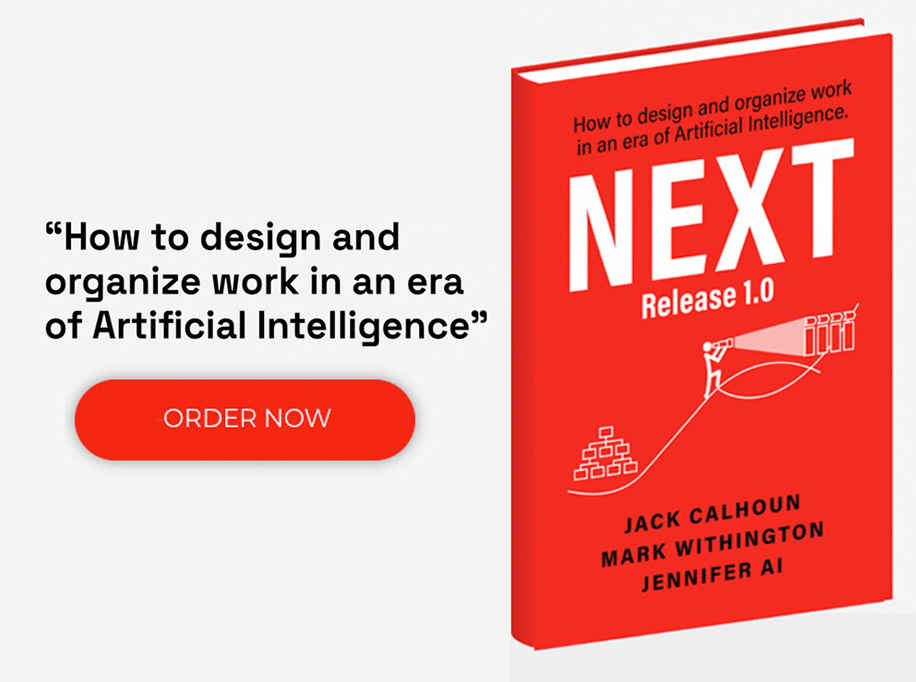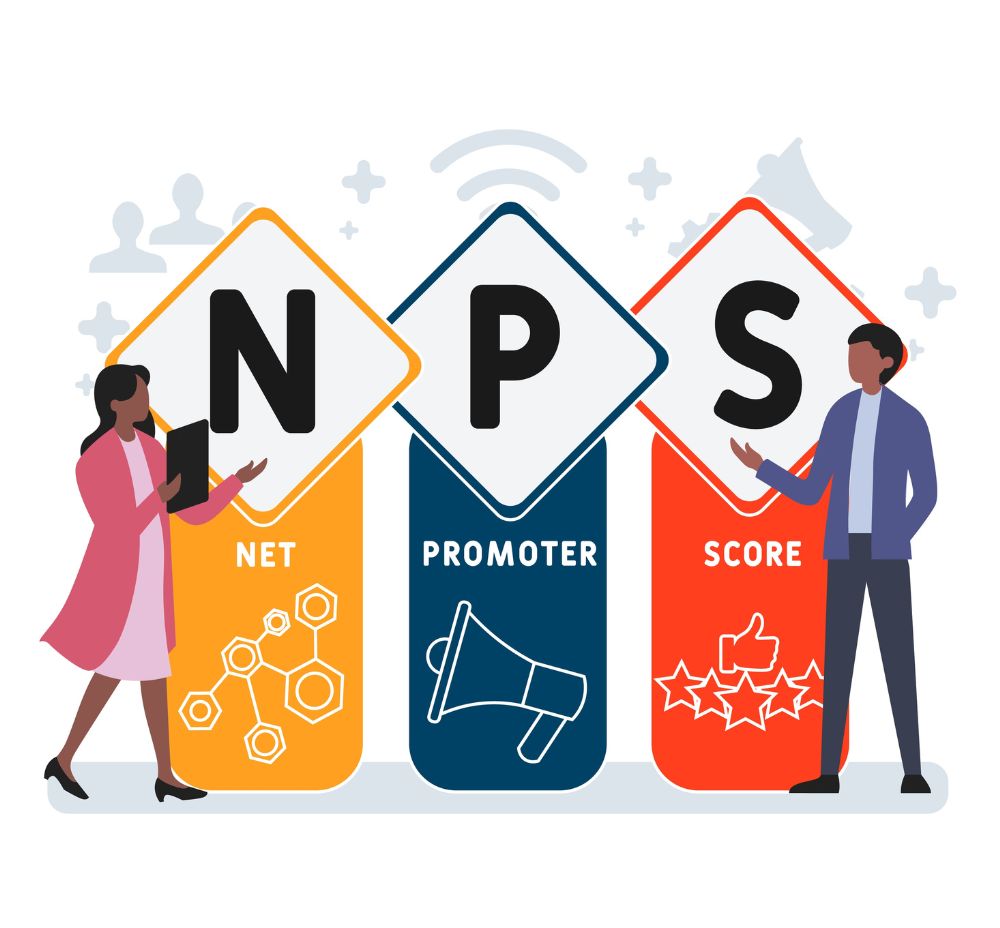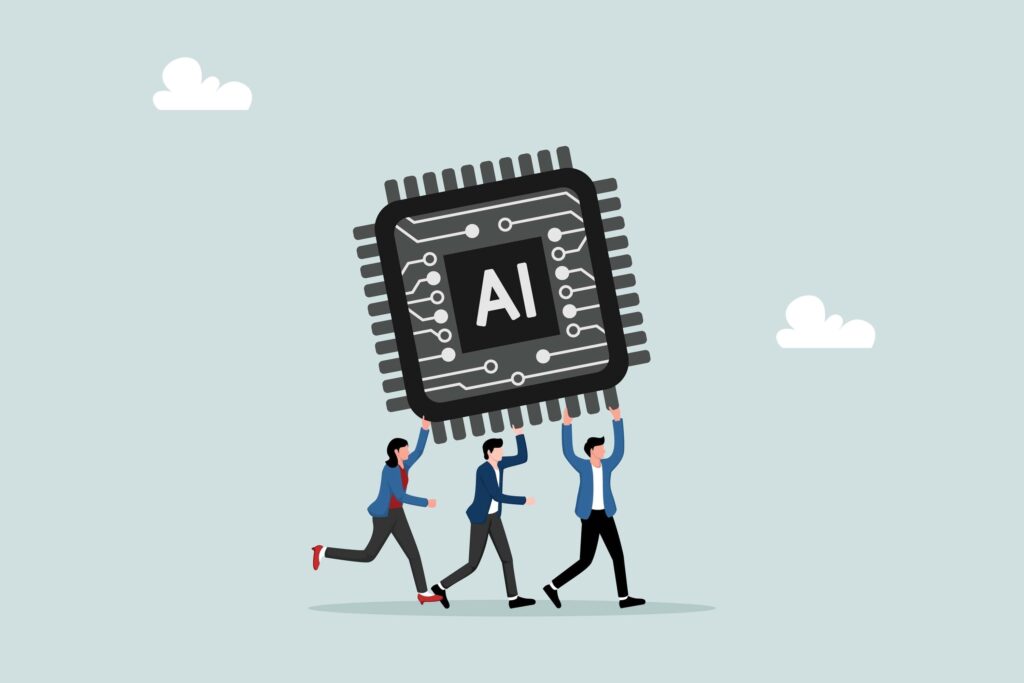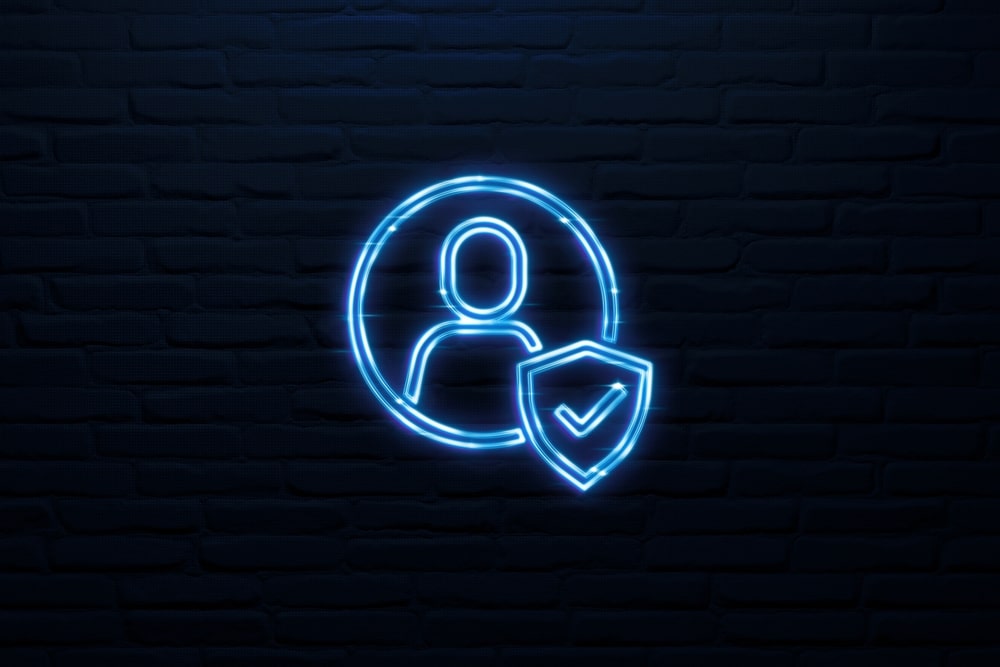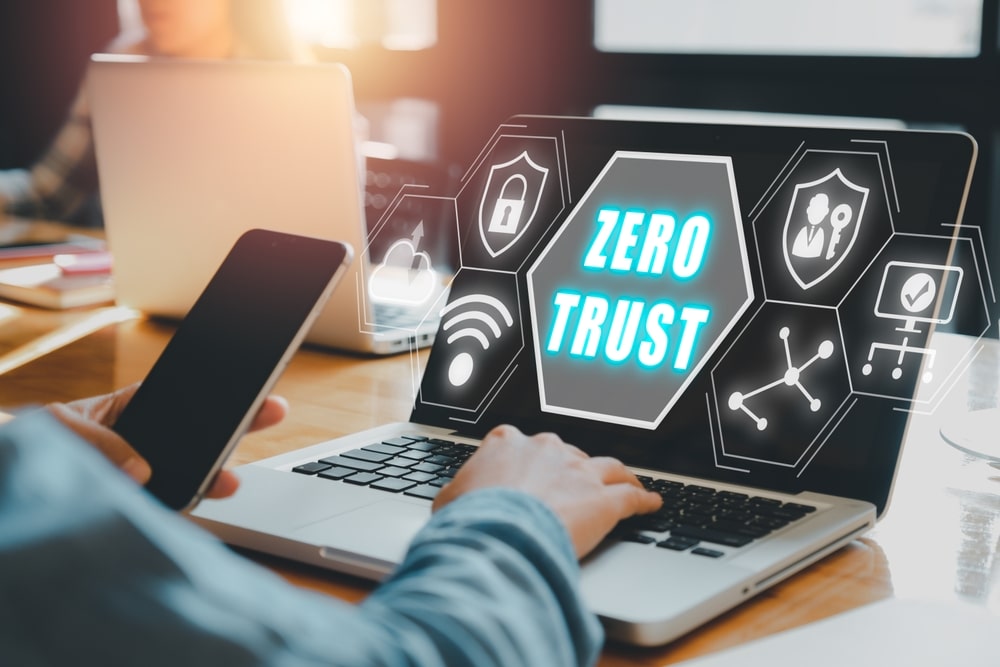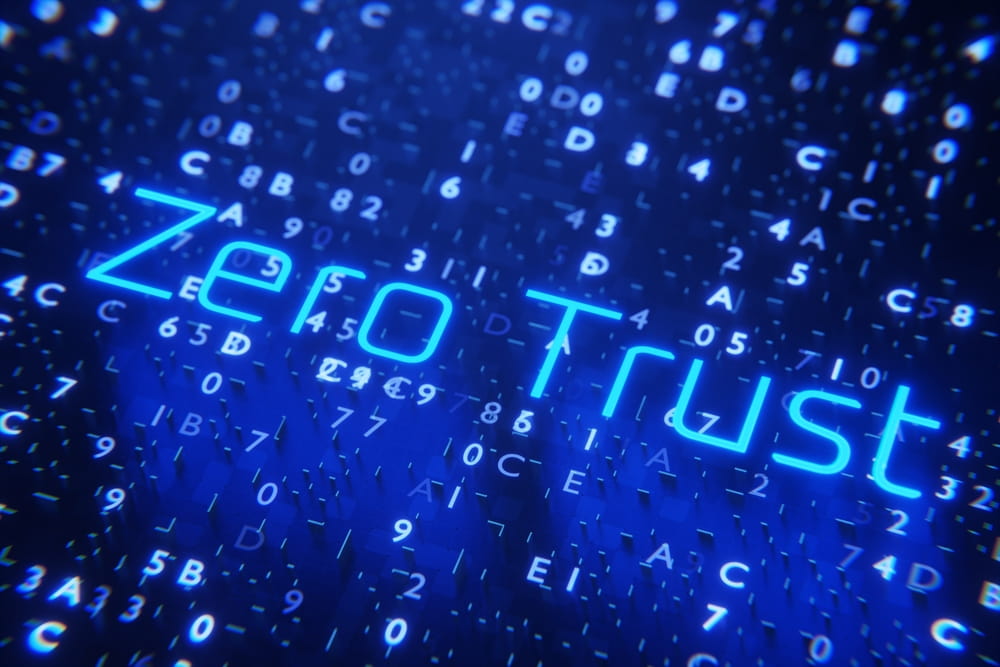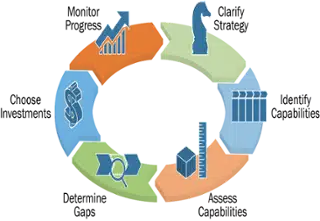The total cost of ownership, TCO, is used to calculate the true cost of a product, which includes its purchase price, and other costs associated with its implementation. A key feature of TCO is its ability to reveal “hidden” costs associated with a product. TCO is also used to show the value of a product over time. This is a process that determines what an organization will spend over the lifetime of the product and uses that to determine its value. Organizations use TCO to determine the complete costs associated with a purchase. When it comes to SaaS TCO, it’s also important to consider the costs of the alternative. When organizations consider the cost of not going with their best option, this can add considerable value to the product being purchased, if the alternatives are more costly.
What is Total Cost of Ownership?
The total cost of ownership is a methodology meant to help better quantify the costs associated with a purchase. Probably the simplest example is the total cost of ownership related to purchasing a car. The most obvious cost with purchasing a new car is the MSRP which you haggle over with the salesperson. In reality, the true cost of a car includes:
- The upfront cost (MSRP).
- The cost of fuel for the car.
- The cost of insurance.
- The cost of ongoing maintenance.
These less obvious costs along with the benefit derived from the new car can be calculated to help the buyer make a more informed decision when it comes to which car to buy.
The same logic can be applied to the procurement of software systems. So often procurement officers are concerned with the initial and annual costs associated with a new SaaS product, that they fail to capture the true TCO of that product. Procurement will try to create a straightforward cost/benefit analysis that says “yes, this will cost us $100,000 upfront and $50,000 per year, but it will save staff time, thus decreasing our costs. With SaaS TCO, you also need to take into consideration the costs of the alternative: “If we don’t license this system, what is the cost of our alternative?”. This cost avoidance of not going with the alternative is also a benefit that needs to be captured in the analysis. Only by creating the whole picture of not only the costs and benefits but also the alternative costs, can organizations truly understand the value of the systems they are procuring.
What are the Main Components that Determine the Total Cost of Ownership?
When procurement is assessing the TCO of different SaaS products, they are determining the total cost of ownership by taking the long-term view of the costs associated with a product throughout its lifecycle. The main components of the total cost of ownership are determined by looking at the initial costs, the ongoing costs, resource costs, and the costs of alternatives. Effective TCO reveals any hidden costs to purchasing and running a software system. While the standard equation for SaaS total cost ownership looks at what the organization is spending, there is an additional value added by considering the cost of the alternatives. If part of TCO includes what an organization is saving based on the cost of their other viable alternatives, then there is a more accurate picture of the total value of their chosen system.
How is TCO Calculated?
TCO is calculated by identifying all the costs associated with the lifecycle of the SaaS product. These fall into three broad categories.
1. Cost of acquisition
This includes the upfront costs of purchasing or licensing the SaaS product. Going back to the car example, this is similar to the MSRP of a car.
2. Cost of operation
This includes ongoing licensing fees, subscription services, the costs of using the SaaS such as computers to run the application, internet, utility costs, and the cost of time needed to perform any initial training. The cost of operation includes any costs needed to use the SaaS.
3. Cost of resources
Years ago, when on-premise software was the norm, this category would include the costs of purchasing hardware and the IT staff needed to maintain it. Now, with SaaS applications, resource costs include any ongoing training needed for employees to use the software effectively and any necessary upgrades.
Why is Total Cost of Ownership Important?
The total cost of ownership is important because it allows organizations to invest in their SaaS procurement wisely. The valuable equation that TCO offers allows organizations to estimate more accurately what and when they’ll be spending capital on the product. This prevents many hidden costs from eating away at budgets and damaging the bottom line. It also illuminates the true value of the software systems being procured.

